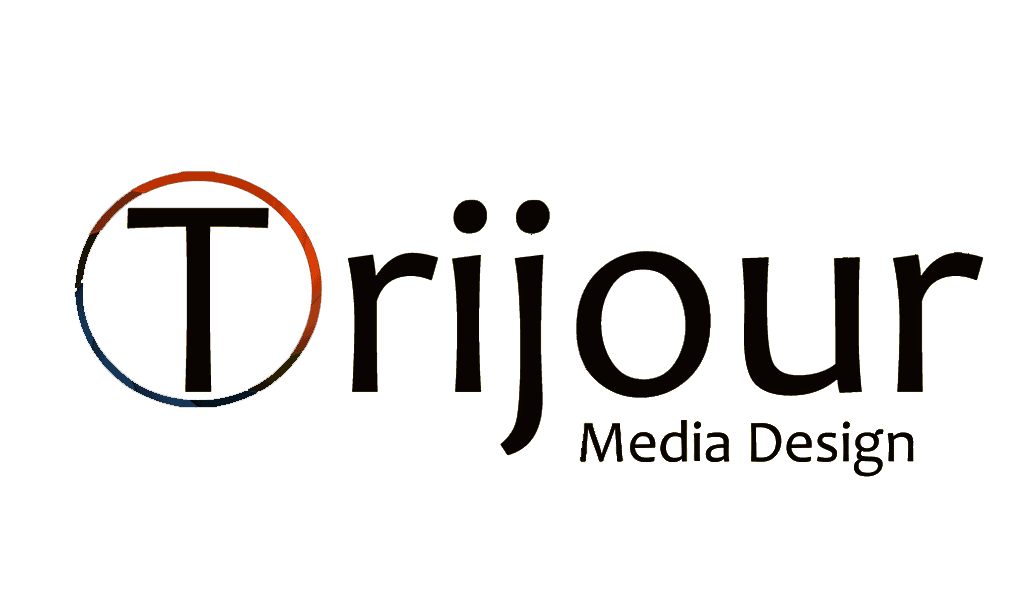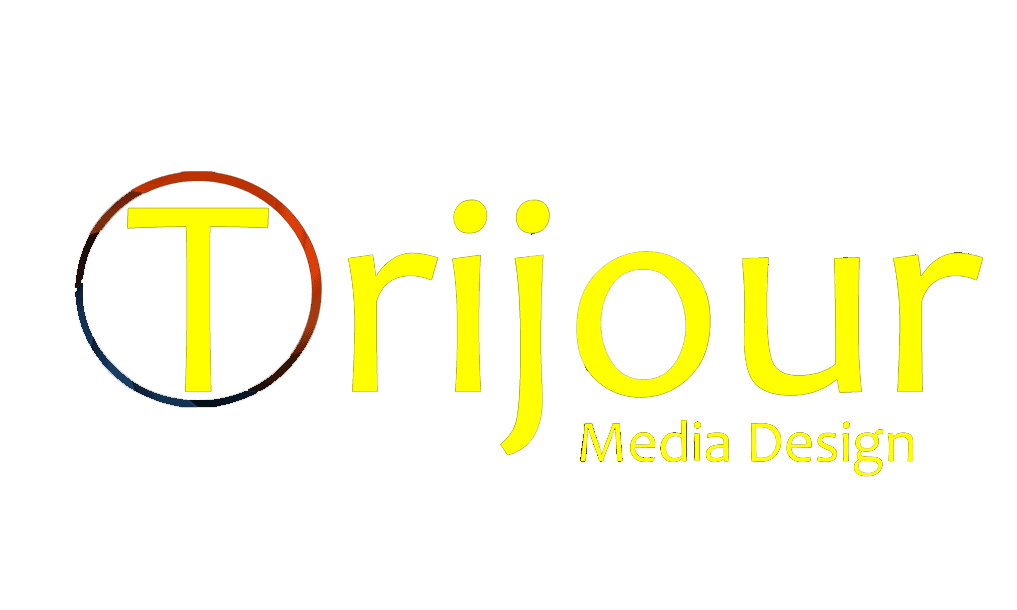UNDERSTANDING FILING STATUS
TAX BRACKETS
WHAT ARE STANDARD DEDUCTIONS VS ITEMIZED
CONTRIBUTIONS
MEDICAL
EDUCATION
BUSINESS
UNDERSTANDING EIC AND DISTRIBUTIONS
Understanding Standard Deductions vs. Itemizing
When filing your taxes, you have a choice: take the standard deduction or itemize your deductions. Here’s how to decide:
- Standard Deduction: This is a fixed dollar amount that reduces your taxable income. For 2024, the standard deduction is $13,850 for single filers and $27,700 for married couples filing jointly. If your total itemized deductions are less than this amount, taking the standard deduction will save you more money.
- Itemizing: If you have significant deductible expenses—such as mortgage interest, state and local taxes, or charitable contributions—you might save more by itemizing your deductions. To itemize, you’ll need to keep records of your expenses and fill out Schedule A.
- Medical Expenses: Only medical expenses that exceed 7.5% of your adjusted gross income (AGI) can be deducted, so itemizing might make sense if you have high medical costs.
- Charitable Contributions: Donations to qualifying organizations can be deducted if you itemize, making it a good option for those who give generously.
Understanding EIC and Distributions
The Earned Income Credit (EIC) is a valuable tax credit for low-to-moderate-income earners. Here’s how to maximize your EIC and understand how distributions affect your taxes:
- Eligibility: To qualify for the EIC, you must have earned income from a job or self-employment, and your income must be below certain thresholds. The amount of the credit depends on your income, filing status, and number of children.
- Impact of Distributions: If you take distributions from retirement accounts, pensions, or investments, it could affect your EIC eligibility. Distributions increase your income, which might reduce or eliminate your credit.
- Strategies to Maximize EIC: If you’re eligible, consider delaying distributions or minimizing other taxable income to increase your EIC. This could provide a significant tax benefit at the end of the year.
Estimated Tax Vouchers: Why to Make Quarterly Payments
If you have income not subject to withholding (e.g., freelance work, investments), you may need to make quarterly estimated tax payments. Here’s why:
- Avoid Underpayment Penalties: If you don’t pay enough taxes throughout the year, you could be hit with a penalty when you file your return. Making estimated payments ensures you stay on track.
- Who Needs to Pay: Freelancers, contractors, and anyone with significant non-wage income should make quarterly payments. The IRS expects you to pay taxes as you earn income, not just when you file your return.
- How to Calculate Payments: Estimate your total tax liability for the year, subtract any withholding, and divide the balance by four. You can use IRS Form 1040-ES to calculate your payments.
- When to Pay: Payments are due on April 15, June 15, September 15, and January 15 of the following year. Mark your calendar to avoid missing a deadline.






